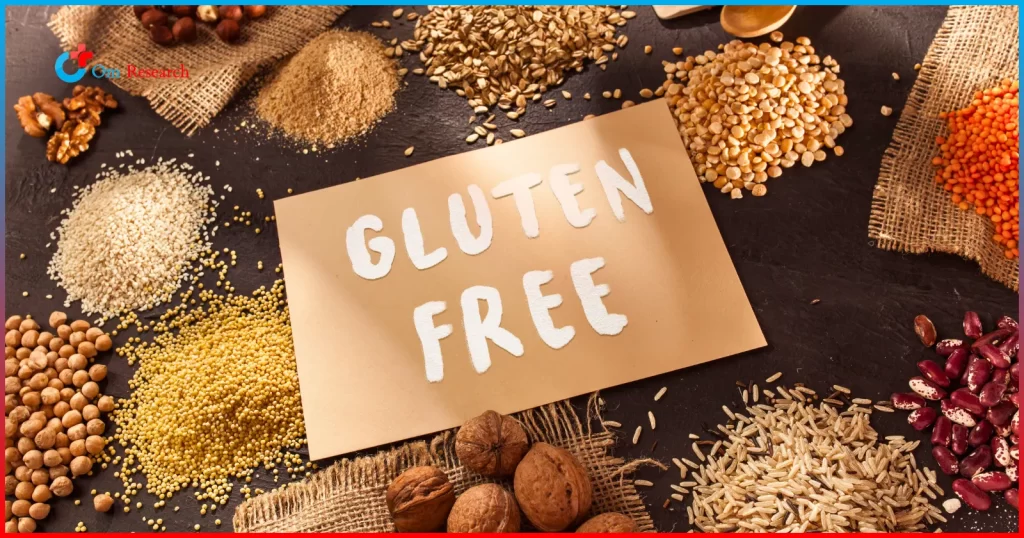After consuming certain foods or eating a large meal, one may experience a burning sensation in the middle of their chest. This pain can be misperceived as a heart attack depending on its severity and location. This pain is most commonly due to acid reflux which is also known as heartburn.
The esophagus is a hollow muscular tube that connects the throat to the stomach. The esophagus runs down the midline behind the trachea and the heart. At the end of the esophagus, there is a bundle of muscles called the lower esophageal sphincter (LES) that contracts and expands in order to let food into the stomach. When the lower esophageal sphincter weakens and does not completely close, backflow of stomach acid may invade the lower end of the esophagus causing a burning sensation.
A heartburn happens when the LES is compromised resulting in backflow of stomach acid. When this happens, the acid is refluxed into the lower end of the esophagus affecting its lining. As the lining of the esophagus senses the acid, it signals pain receptors causing one to feel this phenomenon. Since the location is directly behind the heart, the pain is felt in the middle of the chest and sometimes moving up towards the neck and throat which is accompanied by a salty or acidic taste in the mouth. This correlates to the misconception that a heartburn directly involves a problem with the heart because of where the pain originates.
Currently, treatment for heartburn symptoms are changes to one’s lifestyle such as managing diet and level of activity, and medications like omeprazole or famotidine that slow down acid production.
For more in-depth information regarding this topic, check out this video by one of our principal investigators Dr. Jatinder Pruthi–– a board-certified gastroenterologist in the Antelope Valley.
https://www.healthline.com/health/gerd https://my.clevelandclinic.org/health/diseases/9617-heartburn-overview https://www.mayoclinic.org/diseases-conditions/heartburn/symptoms-causes/syc-20373223 https://www.webmd.com/digestive-disorders/picture-of-the-esophagus



